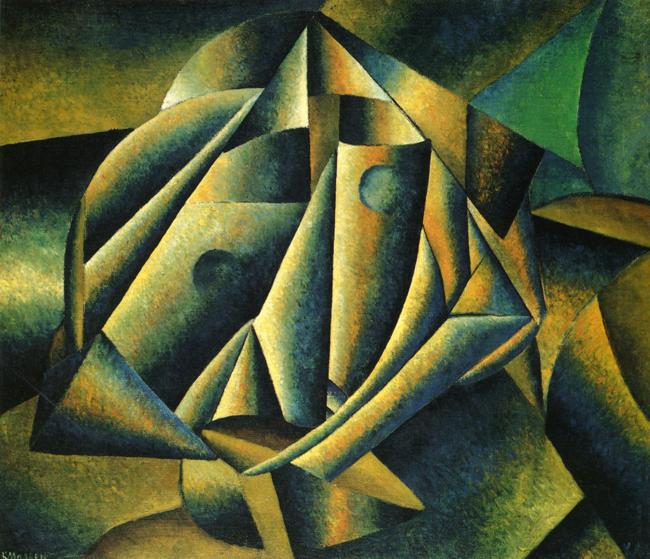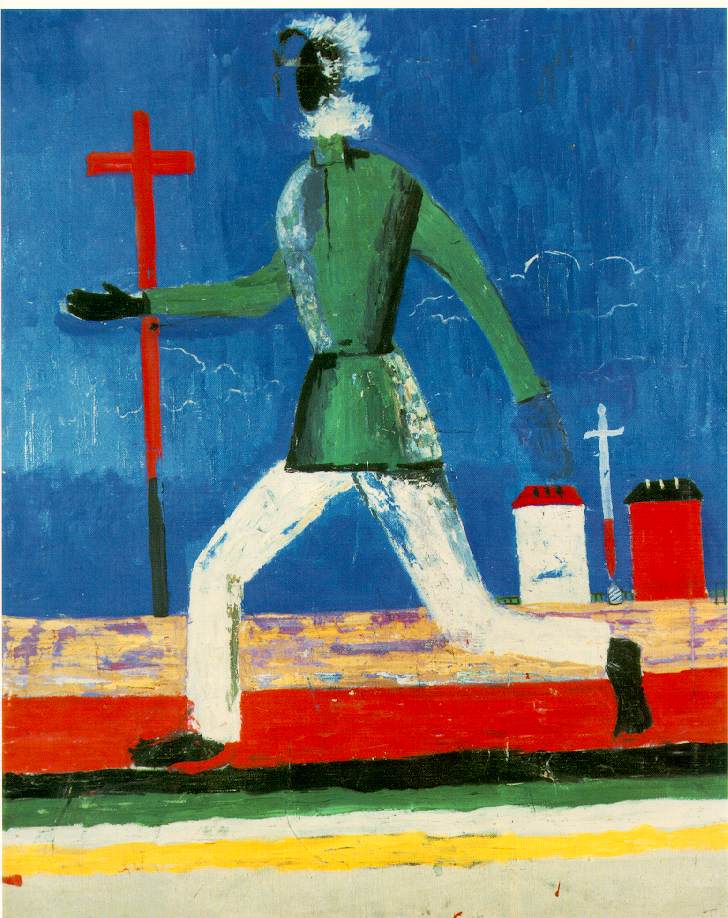"Lucerne. Ce que je vois de ma fenêtre" ou Le vieux pont de Lucerne.
Plume et lavis d'encre brune, crayon de graphite sur papier vélin. 13 septembre 1839.
Crépuscule ("Twilight"), Jersey, 1853-1855.
Paysage aux trois arbres
Encre sepia, 0.430 x 0.610 m
Le Rocher de l'Ermitage dans un paysage imaginaire, 1855
Plume, encre brune et encre de Chine, frottis de fusain, gouaches blanche et bleue.
Plume, encre brune et encre de Chine, frottis de fusain, gouaches blanche et bleue.
Projet de frontispice pour Le Rhin
Plume encre brune et lavis, fusain, gouache sur papier beige. 1863.
Plume encre brune et lavis, fusain, gouache sur papier beige. 1863.
Paris, maison de Victor Hugo, Inv. 60. © PMVP
Le rocher Ortach, Vers 1864
Mine de plomb, encre brune et lavis, rehauts de bleu sur papier crème, 74 x 158 mm.
Mine de plomb, encre brune et lavis, rehauts de bleu sur papier crème, 74 x 158 mm.
Fracta Juventus, 1864
Gouache, lavis, plume (dessin), 0.150 x 0,230 m
Musée V. Hugo, Paris
Les Travailleurs de la mer: La Pieuvre, Vers 1866
Plume, pinceau, encre brune et lavis sur papier crème
Plume, pinceau, encre brune et lavis sur papier crème
357 x 259 mn
"Ma destinée", 1867
Plume et lavis d'encre brune, gouache, sur papier vélin.
Paris, Maison de Victor Hugo, Inv. 927. © PMVP
Les Travailleurs de la mer: "Figures que font les paysans quand ils voient les sarregousets"
Plume, pinceau, encre brune et lavis, réserves (277 x 195 mn).
Gallia
Encre sepia, lavis, plume (dessin)
Vianden à travers une toile d'araignée
Plume, encres brune et violette et lavis, crayon de graphite, aquarelle, grattages, sur un feuillet d'album.
Paris, Maison de Victor Hugo, Inv. 83. © PMVP
Victor Hugo
Photographer: Nadar
"Ma destinée", 1867
Plume et lavis d'encre brune, gouache, sur papier vélin.
Paris, Maison de Victor Hugo, Inv. 927. © PMVP
Les Travailleurs de la mer: "Figures que font les paysans quand ils voient les sarregousets"
Plume, pinceau, encre brune et lavis, réserves (277 x 195 mn).
Gallia
Encre sepia, lavis, plume (dessin)
Paris, Musée Victor Hugo
Vianden à travers une toile d'araignée
Plume, encres brune et violette et lavis, crayon de graphite, aquarelle, grattages, sur un feuillet d'album.
Paris, Maison de Victor Hugo, Inv. 83. © PMVP
Victor Hugo
Photographer: Nadar
Victor Hugo was almost as prolific in the visual arts as he was in literature, producing more than 4,000 drawings in his lifetime. Originally pursued as a casual hobby, drawing became more important to Hugo shortly before his exile, when he made the decision to stop writing in order to devote himself to politics. Drawing became his exclusive creative outlet during the period 1848-1851.
Hugo worked only on paper, and on a small scale; usually in dark brown or black pen-and-ink wash, sometimes with touches of white, and rarely with color. The surviving drawings are surprisingly accomplished and "modern" in their style and execution, foreshadowing the experimental techniques of Surrealism and Abstract Expressionism. [source: Wikipedia]
Hugo worked only on paper, and on a small scale; usually in dark brown or black pen-and-ink wash, sometimes with touches of white, and rarely with color. The surviving drawings are surprisingly accomplished and "modern" in their style and execution, foreshadowing the experimental techniques of Surrealism and Abstract Expressionism. [source: Wikipedia]
A. Rodin: Etudes pour de la tête de Victor Hugo
Victor Hugo l'homme océan





















































